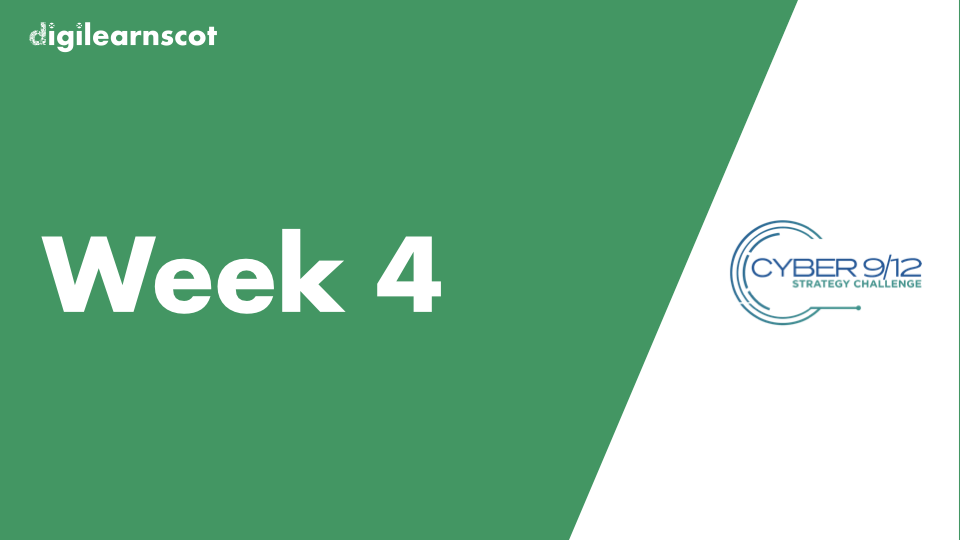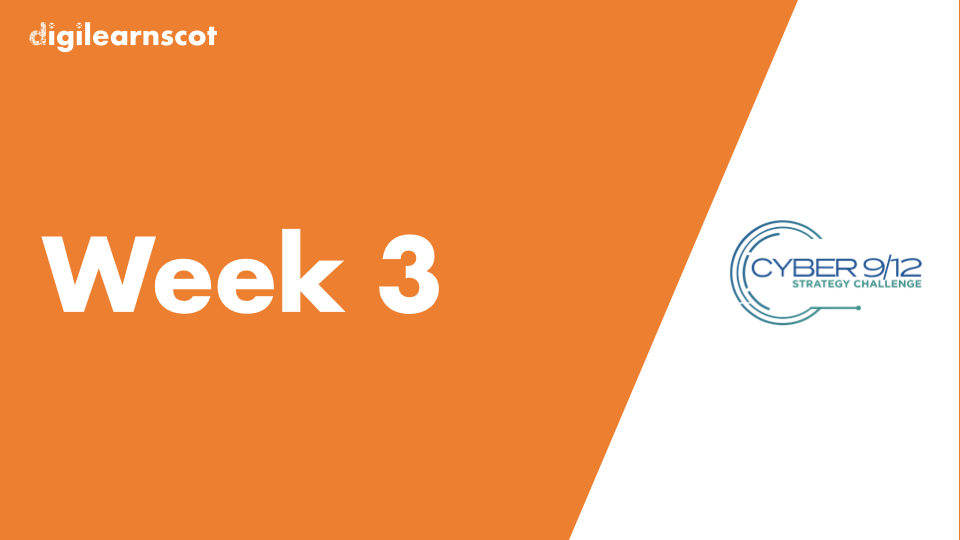
In this final week of the Module, participants will explore how non-technical cyber security considerations form the foundation of national and international policy solutions. Cyber security and cyber resilience cannot be achieved by technical means alone. As weeks 1, 2 and 3 of this Module have shown, there are political, economic, social, legal and increasingly environmental considerations to take into account in addition to the technical (the PESTLE approach to cyber security). Effective policy must, if possible, draw together these elements as they are each important parts of wider solutions.
In this unit, students will explore what makes effective policy in the cyber context when dealing with major cyber incidents targeting critical national infrastructure. Crucial to this is the ability to combine and address different thematic areas and create succinct policy recommendations that still achieve particular goals and make states resilient to cyber incidents.
Learning outcomes
By the end of Week 4, students will have:
- Brought together the previous three weeks learning to develop holistic policy solutions.
- Understood and made aware of how technology, law and (inter)national politics interact.
- Analysed a major cyber incident from a holistic, non-technical perspective.
- Confidently provided, recommended and discussed holistic cyber resilience policy solutions which do not solely rely on technical tools.
- Navigated the complexities of reserved (Westminster) and devolved (Holyrood) areas of policy in relation to cyber issues

An academic login may be required to access these.
In your groups, discuss how to develop holistic policy solutions incorporating, or at least acknowledging and addressing, the political, economic, social, technical, legal and environmental aspects of cyber security
In your groups, prepare a 10minute presentation addressing the unit’s three questions:
Provide 3 policy recommendations to help Scotland be more resilient against Stuxnet-style operations. Think about:
- The way Stuxnet entered the target system.
- The impact of the operation if successful.
- Explain and support your choices.
- Set out the cross-government (UK and Scotland) policy relationships that need to be considered?
10-minute oral presentation and feedback from module leader















You must be logged in to post a comment.